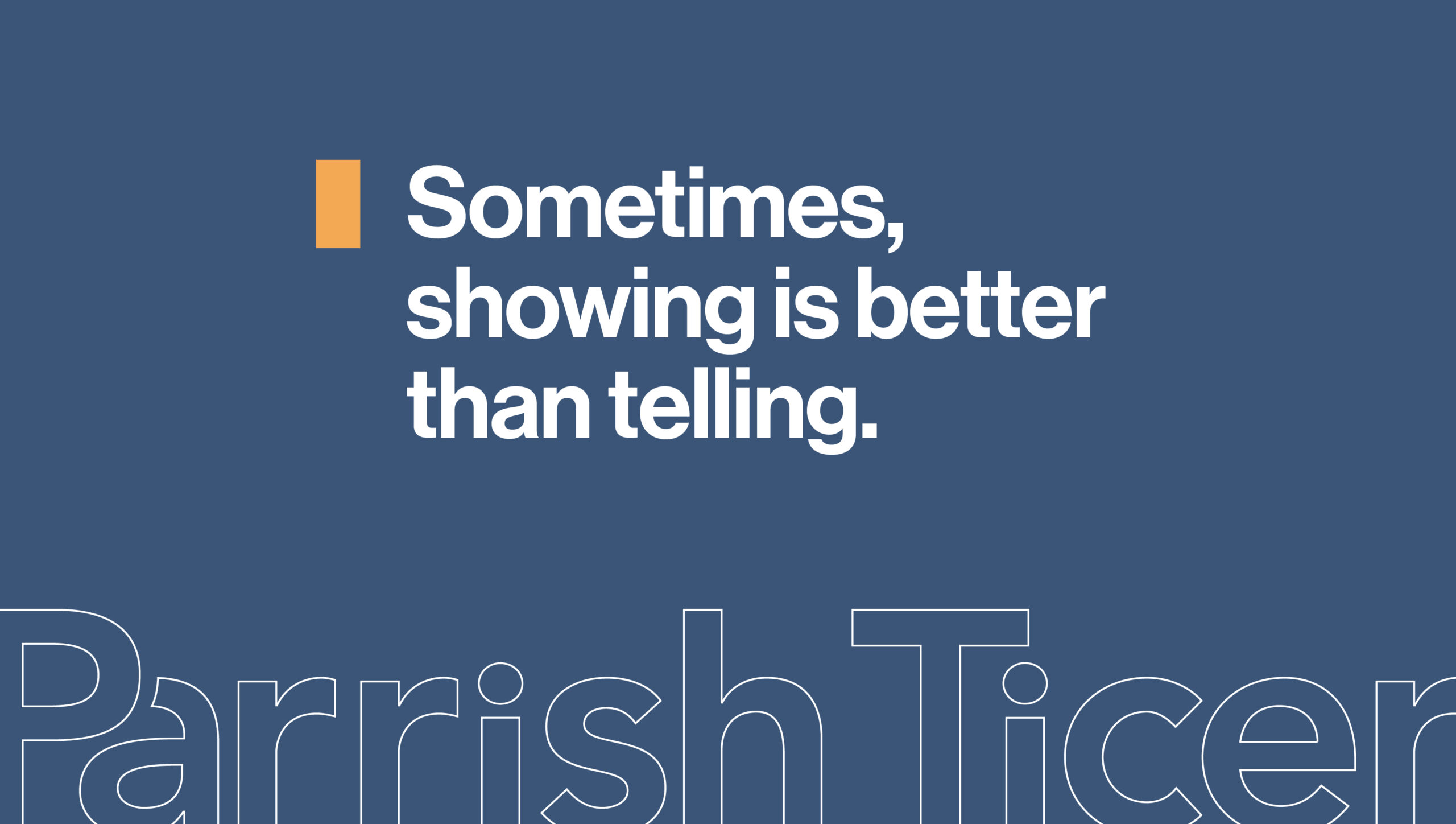When I started in Corporate Communications at Datapoint in 1991, we were a newly assembled team looking to make our mark. Our office was in the corner of a two-story building designed in typical Corporate fashion with cubicles and desks neatly set in rows facing inwards.
When I was parking outside the office every morning for the first few months, I could not understand why the cubicles were arranged to obscure the view. Our office had beautiful floor-to-ceiling windows on two sides, but the cubicles were arranged to block the view.
It wasn’t a very creative space at all. It was anti-Feng Shui and typical of a technology company at the time.
We spend so much time at the office (your home office counts) that space needs to work for you, not against you. You would agree with that thinking.
The office space, with its drab and dreary atmosphere, seemed to be working against us. The frustration of knowing a beautiful view was just on the other side of the cubicles was real.
I had to devise a plan to change the office, which included six other people, and advocate my position. I thought it was going to be an easy sell.
Boy, was I wrong.
As I polled the staff, I discovered that the copywriter preferred the cubicle without the window view because it was “less distracting”; our office manager was also on board with his point of view. Our production assistant was ambivalent, and our boss, the ultimate decision maker, was of the “don’t rock the boat” leadership train of thought and preferred to keep everything like it was. Plus, getting any layout approved meant getting location management involved, which was another headache I hadn’t considered. It wasn’t a big deal to anyone but me.
Let’s move it all around, I thought—silly me.
The need for change was deeply personal to me. I spent countless hours at the office, more than anywhere else, and I was determined to create a space with a positive vibe. It was also a matter of practicality-with a small team, it made no sense to navigate around cubicle walls to collaborate.
So, I went to work the only way I knew how: I dove in one night and rearranged my little corner and flipped it so I was still facing inward, but the cubicle walls were gone, leaving a nice view through the windows to an old oak tree and a shady piece of turf.
Back then, I didn’t know if my actions would be considered a fireable offense or a breach of corporate code. But I was certain that the best way to persuade the staff and my boss was to show them what the change would look and feel like, rather than just telling them about it.
Looking back on the entire event, it’s a minor thing, but going against the grain and advocating for a change became a great lesson that played out over and over again throughout my career.
You must speak up for your position when you feel strongly about something. Sometimes, that position gets rejected, but you come out ahead because it’s another small learning episode that provides the valuable interpersonal experience you need to learn to thrive in a working environment.
The next day, I got there before everyone else with tacos (of course) and made everyone wait to enter the office. A few stragglers missed out on the grand reveal, but my boss was there, and I walked them through my small change to help them visualize what the more significant change could look like and how it could work.
Of course, I sprinkled in why I thought it would work better for us, but I didn’t have to persuade them too much with words because the experience and the visceral reaction to the new look were all it took.
In the design business, you often have to show a client what something will look like and how it will work before starting the project. Learning how to guide my boss and peers along to a solution to a problem was a valuable lesson in the idea of show, don’t tell.
Ultimately, I got a hand slap for failing to include maintenance on my “destruction” of the office space, but we all benefitted from the layout space change.
It was a fun change. It brought us all closer together, and the vibe improved the work output. Cheers!


